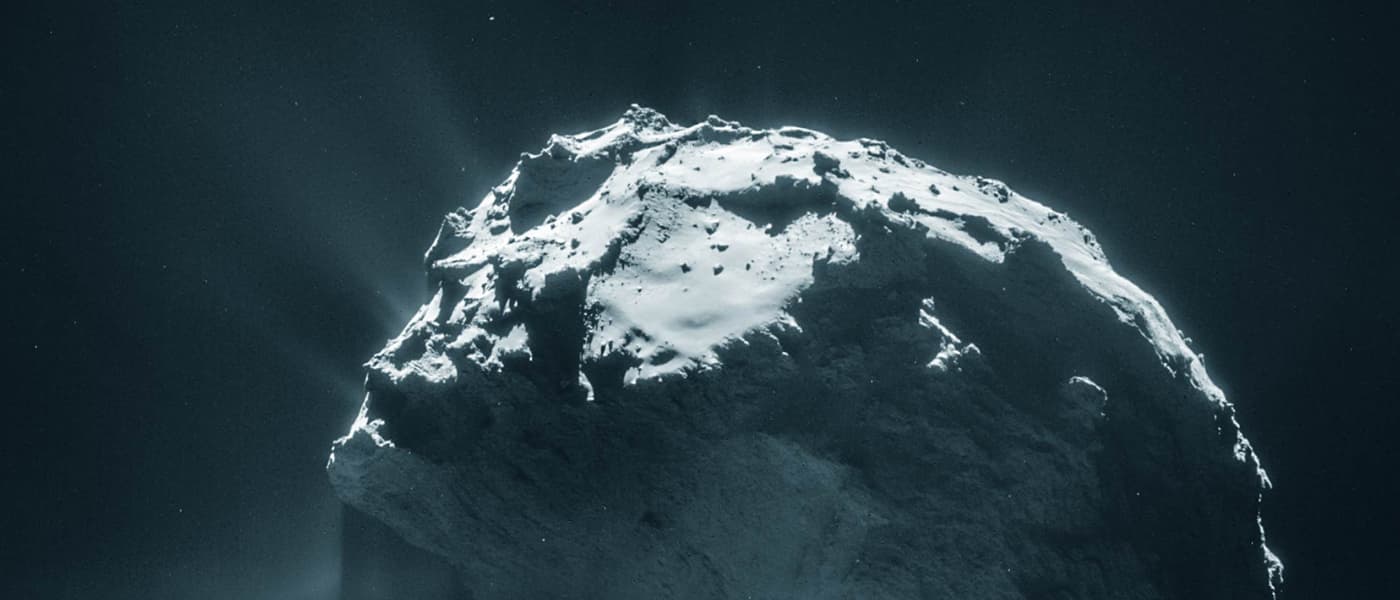One Last Find
Over the past few months, the ESA's Rosetta orbiter has been feeding us valuable data on comets: where they come from, what they're made of, how they work, and so on. But its time is nearly at an end, with a kamikaze dive towards the surface of comet 67P/Churyumov-Gerasimenko scheduled for later this month.
But just before it dies, it has one more surprise up its sleeve.
The scientists behind Rosetta report that the probe has found complex, solid organic matter in the dust particles of the comet, the kind we've never expected to find. Previous missions could not collect these solid organic molecules, since these missions were merely flybys. Ultimately, they crafts moved too fast, disrupting the particles too much for a proper characterization.
More solid evidence
But Rosetta has the ability to lower its speed so that such information can be gathered. By slowing down, it was able to collect 27,000 dust particles, enough for its COSIMA mass spectrometer to get a proper reading.
What it found was nearly 200 particles of note, which are being studied to determine their organic structure. In a paper published in Nature, the scientists present seven representative particles, particularly two named Kenneth and Juliette.
“Our analysis reveals carbon in a far more complex form than expected,” remarked Hervé Cottin, one of the authors of the paper, in a statement. “It is so complex, we can’t give it a proper formula or a name!”
These results are more extraordinary given that previous results from the Philae Lander and Rosetta itself saw only light, gaseous organic molecules, very different from the ones detected by this study.
“These particles have remained pristine and untouched for billions of years...” says senior author Martin Hilchenbach, in the same statement. “The results add to the growing picture that Comet 67P/C-G contains some of the most primitive material from our Solar System’s early history.”
For more on all things science and tech, follow us on Facebook.
Share This Article
